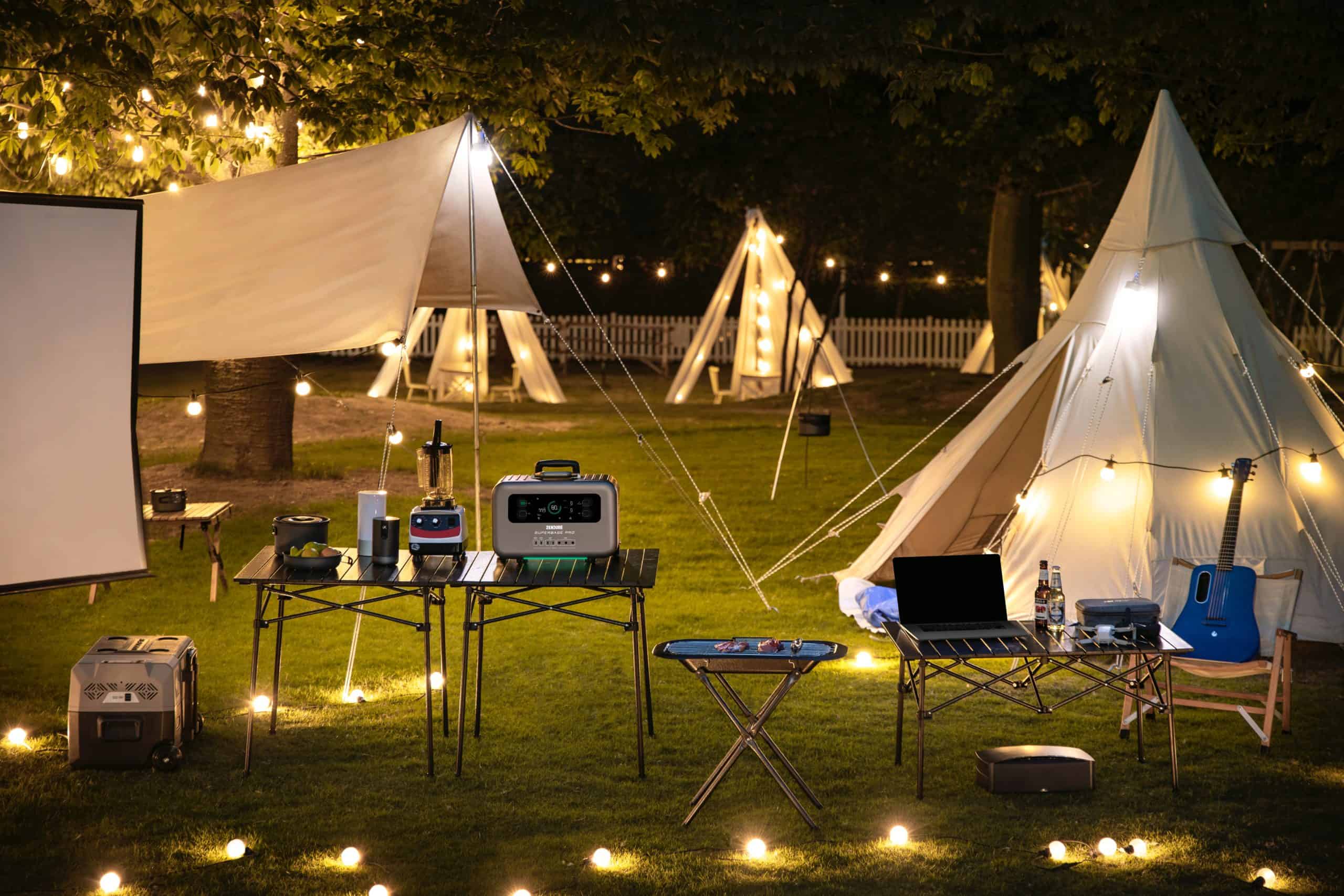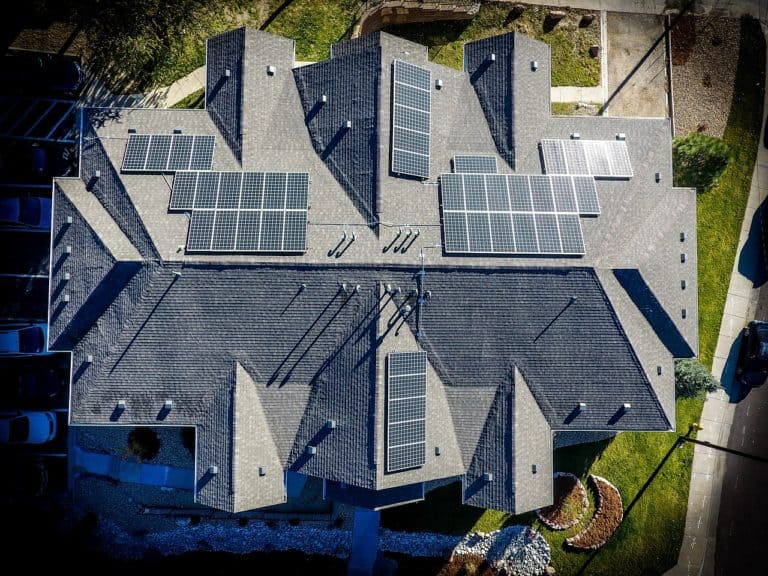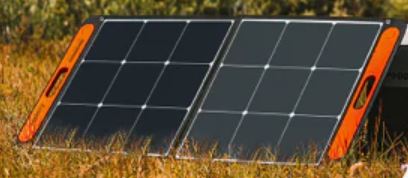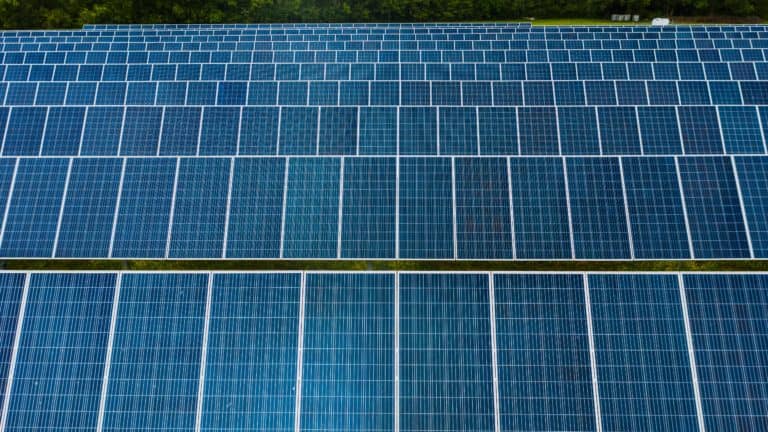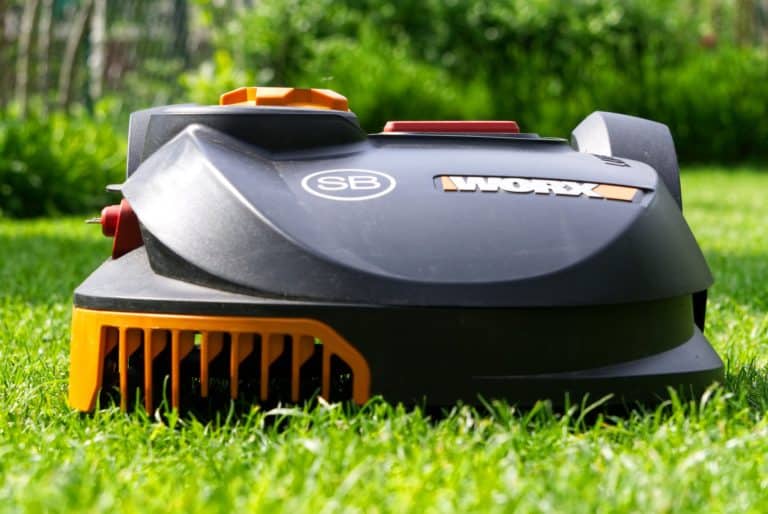Camping solar panel kits: Enjoying the complete outdoor power
As a camping enthusiast, you may have heard of camping solar panel kits and wondered how they can enhance your sustainable outdoor experience.
Beyond traditional tent-based camping, solar panel kits can also be used for a variety of other outdoor activities and situations.
They’re perfect for campervans, caravans, motor homes, and even boats – providing clean energy wherever you go.
In addition, these portable power solutions can come in handy during emergencies or natural disasters when traditional power sources may not be available.
In this review, you’ll learn how to choose the right kit based on your specific needs. You will also understand some tips for setting up and using these portable systems effectively.
In the end, you’ll be better equipped to make an informed decision when selecting one for your next adventure.
Let’s get started!!
What are camping solar panel kits?
A solar panel kit is a package that includes all the essential components required for setting up and running a solar energy system.
A camping solar panel kit is a portable, sustainable energy solution that allows you to charge your devices while on the go.
Camping solar panel kits can provide electricity for charging a variety of devices such as smartphones, tablets, cameras and GPS units.
Typical components of camping solar panel kits
Before choosing your kits, it is important to know the amount of electric energy consumption you need. The next thing would be for you to determine the number of panels as a primary component.
Also, the amount of backup time you’d like will determine the number of batteries and chargers you’ll need.
The other components will increase or decrease in quantity to suit the primary parts—the panels and the batteries.
In summary, camping solar panel kits typically consist of one or more solar panels, a charge controller (to regulate voltage), cables/connectors, and sometimes an inverter.
Some kits also include batteries for storing excess energy produced by the panels as well as other miscellaneous items depending on your needs.
Solar panels
A solar panel designed for camping is a compact and sustainable tool. They come in various shapes and sizes. Some that may either be foldable or unfoldable.
Before purchasing solar panels, it is important to be aware of the two main types available: monocrystalline and polycrystalline.
Knowing their differences is crucial as each type has its pros and cons.
Some of the best choices are Anker 625 Solar Panel, BioLite SolarPanel 10+, Jackery SolarSaga 60, Goal Zero Nomad 20.
Solar charge controller
A solar charge controller is a device that safeguards your solar battery by regulating its charging process. It prevents potential damage to the battery due to overcharging, undercharging, and short-circuiting.
The market offers two primary categories of solar charge controllers: Pulse Width Modulation (PWM) and Maximum Power Point Tracking (MPPT).
PWM controllers regulate the voltage level received from a solar panel or array by reducing it. They then ensure a consistent amount of energy supply as the battery approaches its maximum capacity.
MPPT controllers are designed to optimise the charging process of your battery by receiving voltage from solar panels.
The voltage is then converted into a more suitable and efficient level, surpassing the performance of PWM controllers.
Having a very reliable charge controller is essential when establishing an off-grid solar power system, especially if you’re planning to live entirely off-the-grid or have a remote cabin getaway.
Cables, connectors and mounting hardware
Before buying a solar kit, it’s crucial to check if the package includes cables and mounting hardware. These components are essential for installing a solar system, but not all kits come with them.
Some companies offer an all-in-one option while others sell them separately. It’s advisable to stick with the same brand or manufacturer for both panels and batteries as the mounting hardware is customised accordingly.
Inverter
A solar inverter is an electronic device that transforms the DC electricity produced by solar panels into AC electricity.
There are two main types of solar inverters: string and microinverters. String inverters are cheaper but may not be as efficient.
On the other hand, microinverters are more expensive upfront but offer better efficiency and adaptability.
Hybrid options that combine features from both types, such as power optimisers, also exist.
Solar battery
A battery bank is a collection of one or more batteries that are connected either in series or parallel. Its primary function is to offer uninterrupted backup power during times of load shedding or blackouts.
It serves as a reliable source of energy during the night when there is no sunlight available. Generally, portable solar panels and inverters are built to work with 12V batteries. Almost similar to those used in cars and trucks.
Choosing the right camping solar panel kit
Selecting the ideal camping solar panel kit can be a challenging undertaking, with numerous choices accessible in the market.
To make an informed decision, consider factors such as size, power output, portability, and price.
Size and portability
The size of your camping solar panel kit is important because it determines how easy it will be to transport and set up at your campsite.
Foldable kits are often more compact and lightweight than rigid ones but may not provide as much power output.
Consider how much space you have in your vehicle or backpack when choosing a portable solar charger.
Power output
Power output refers to the amount of electricity generated by a solar panel kit. This is typically measured in watts (W).
Higher wattage means you can more quickly juice up your gadgets such as phones or laptops.
Conversely, higher-wattage kits may be bulkier and less portable than lower-powered alternatives.
Determine what devices you need to charge during your trip and choose a kit that provides enough power without sacrificing too much portability.
Compatibility with devices
Not all camping solar kits are compatible with every device type; some may only work well with USB-powered gadgets while others can handle 12V appliances commonly found in recreational vehicles (RVs), caravans or boats.
Make sure that any potential purchase includes connectors or adapters suitable for charging all of your essential electronics.
Durability & weather resistance
Choose a solar panel kit with weather-resistant features and materials like tempered glass or heavy-duty polyester to ensure its durability outdoors.
Look for kits with water-resistant or waterproof features and durable materials like tempered glass or heavy-duty polyester.
Additionally, some models come with reinforced corners or protective cases to further enhance their longevity.
Price
Camping solar panel kits vary widely in price based on factors such as power output, size, and additional features.
Before making a purchase, decide on an appropriate budget and bear in mind that investing in a superior quality set-up may help save money over time by reducing the need to replace it often.
Reviews & recommendations
Consult online reviews from those who have used various portable solar panel kits during their adventures.
Obtaining feedback from other campers who have employed different solar panel kits in the wild is a great way to gain knowledge about which models are reliable under actual conditions.
Ask those with outdoor expertise, such as family and friends, for their recommendations.
To choose the right camping solar panel kit, consider factors such as size, power output, portability, and price.
Popular brands for solar panel kits
Many reputable brands are offering high-quality camping solar kits on the market today. Some popular options include:
- Goal Zero: Known for its foldable panels and all-in-one systems that combine solar panels with batteries.
- Renogy: A renogy solar panel kit can be both rigid and flexible thus being suitable for various applications.
- Jackery: Provides portable power stations that can be charged via solar panels to create an off-grid solution.
- BioLite: Specializes in compact integrated systems that combine lighting, charging capabilities, and more into one device powered by the sun.
How to set up a camping solar panel kit
Setting up a camping solar panel kit is relatively easy and can be done in just a few steps.
Follow this guide to ensure you have your solar panel kit set up correctly, so you can enjoy an eco-friendly and efficient power source while camping.
Choose the right location
The first step in setting up your camping solar panel kits is choosing the right location for it. For optimal solar energy output, select a spot that receives ample daylight hours and is not overshadowed by trees or other objects.
Avoid placing them under trees or other objects that may cast shadows on them.
Unpacking and assembling the components
- Solar Panels: Carefully remove the solar panels from their packaging, making sure not to damage any wires or connections.
- Solar Charge Controller: This device regulates the flow of electricity between your solar panels and battery bank, preventing overcharging or discharging issues.
- Battery Bank: A collection of batteries connected provides stored energy for use when needed; choose one with enough capacity for your needs (such as charging devices).
- Inverter (optional): An inverter converts DC power generated by the panels into AC power suitable for most electronic devices if required.
Connecting your system
To connect everything follow these simple steps:
- If using foldable or flexible solar panels, unfold or unroll them and place them in your chosen location.
- Connect the solar panels to the charge controller using the provided cables, ensuring that you match positive (+) and negative (-) terminals correctly.
- Next, connect your battery bank to the charge controller with appropriate cables, again matching positive (+) and negative (-) terminals.
- If using an inverter, connect it to your battery bank following manufacturer instructions.
Adjusting your solar panels
To maximise energy production from your camping solar panel kits, adjust the angle of your panels throughout the day so they face directly towards the sun.
This will ensure they capture as much sunlight as possible for optimal power generation.
Connect devices for charging
Once properly configured, devices such as smartphones or tablets can be charged by either connecting them directly to a USB port on some solar chargers or through an inverter if necessary.
Always follow device-specific charging guidelines when doing this.
With these steps completed, you’ll have successfully set up a camping solar panel kit. Enjoy sustainable power while exploring nature’s beauty.
Maintenance tips
Maintaining your camping solar panel kit is essential to ensure its longevity and optimal performance.
By following a few simple steps, you can keep your solar panels in excellent working condition and enjoy the benefits of sustainable energy while on your outdoor adventures.
Cleaning your solar panels
Accumulation of dirt, dust and debris on the surface of solar panels can hamper their efficiency; thus regular cleaning is essential to ensure peak performance.
To maintain peak performance, it’s important to clean them regularly. Here are some cleaning tips:
- Use a soft cloth or sponge: Gently wipe the surface with a damp cloth or non-abrasive sponge to remove dirt and grime without scratching the panels.
- Avoid harsh chemicals: Use mild soap and water instead of abrasive cleaners that could damage the panel surfaces.
- Rinse thoroughly: After cleaning with soapy water, rinse off any residue using clean water from a spray bottle or hose.
- Dry carefully: Wipe down the panels with a dry microfiber towel to prevent streaks or spots from forming as they air dry.
Inspecting connections & cables
To ensure maximum power output from your camping solar panel kit, it’s crucial to check all connections periodically for signs of corrosion or damage.
If you notice any issues during the inspection, take action immediately by either repairing or replacing affected components.
Some common problems include loose connections at junction boxes and frayed cables due to wear and tear.
Storing your camping solar panel kit
Proper storage is key to maintaining the longevity of your solar panel kit. When not in use, follow these guidelines:
- Avoid direct sunlight: Store your solar panels away from direct sunlight to prevent overheating or damage to the cells.
- Keep it dry: Ensure that your camping solar panel kit is stored in a cool, dry place, as moisture can cause corrosion or short circuits over time.
- Cover up: Use a protective cover designed for solar panels to shield them from dust and debris while in storage.
In addition to these maintenance tips, it’s essential to consult your camping solar panel kit’s user manual for specific care instructions tailored to its unique features and components.
By investing time into proper upkeep, you’ll enjoy reliable power generation throughout many outdoor excursions.
To maintain the longevity and optimal performance of your camping solar panel kit, it’s important to regularly clean the panels with a soft cloth or sponge using mild soap and water. It’s also crucial to inspect connections and cables periodically for signs of damage or corrosion, as well as store your kit in a cool, dry place away from direct sunlight while covered up.
Benefits of camping solar panel kits
- Eco-friendly: By using renewable solar energy instead of fossil fuels or disposable batteries, you’re reducing your carbon footprint and promoting sustainability.
- Cost-effective: Although there’s an initial investment in purchasing a camping solar panel kit, it will save you money over time as you won’t need to buy fuel or replacement batteries.
- An infinite source of power: As long as there’s sunlight available – even on cloudy days – your camping solar panel kit will continue generating electricity without depleting any resources.
- No noise pollution: Unlike generators that produce loud noises when operating, camping solar panel kits are virtually silent since they have no moving parts.
Conclusion
In conclusion, camping solar panel kits are a sustainable and efficient way to power your outdoor adventures.
Portability, affordability and eco-friendliness are all advantages to be gained from using a camping solar panel kit.
There are different types of camping solar kits available in the market, so it’s important to choose the right one based on your needs.
FAQs
Are solar panels worth it for camping?
Yes, solar panels are worth it for camping. They provide a sustainable and eco-friendly power source, allowing you to charge devices, power lights, and run small appliances without relying on generators or external batteries.
Solar panel kits also save money in the long run by reducing fuel costs and minimizing environmental impact.
What to know about camping solar panels?
When considering camping solar panels, it’s essential to understand their efficiency, portability, durability, and compatibility with your devices. Look for lightweight options that can be easily set up and packed away.
In addition, consider weather resistance features like waterproofing or UV protection as well as warranties offered by manufacturers.
What is the best type of solar panel for camping?
The best type of solar panel for camping is typically a monocrystalline or polycrystalline portable folding kit due to their high-efficiency rates and compact design.
These types offer better performance under low light conditions compared to thin-film models while still being easy to transport during outdoor adventures.
What size solar panel is good for camping?
The ideal size of a solar panel depends on your energy needs during the trip. A 100-watt portable folding kit should suffice if you only need charging capabilities for smartphones or tablets; however, larger systems (200-300 watts) may be necessary if powering additional equipment such as fridges or cooking appliances.
